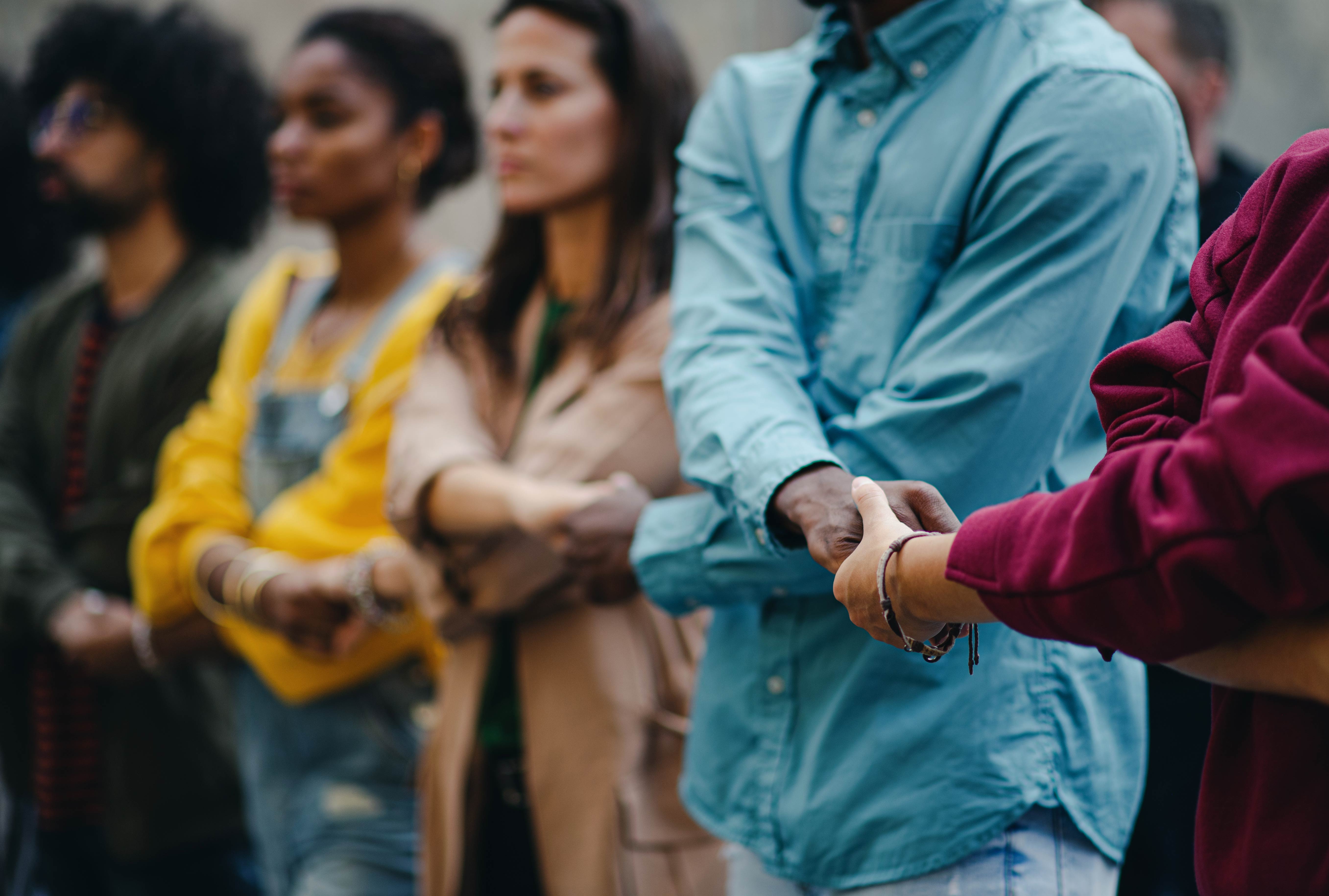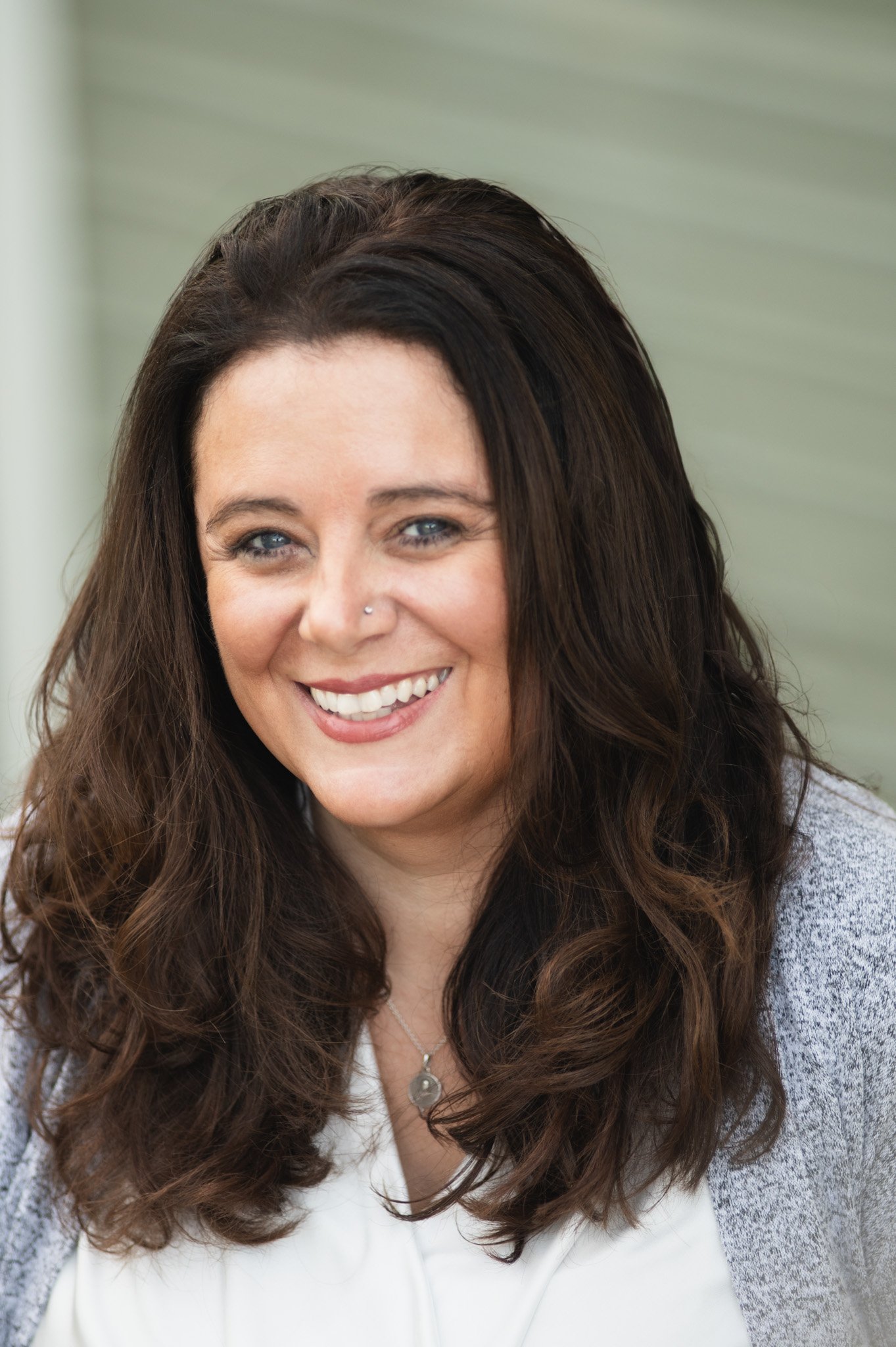About all things diversity, equity, and inclusion

I don’t know if I’ve ever found myself at such a loss for words for such a long period of time. I’m a writer. Weaving words into stories is literally what I do. And yet, my heart is heavy with emotions that do not have names. And so, I let tears spill from my eyes instead, but there’s this growing fire in my soul that keeps reminding me that silence only empowers the oppressor. So, I continue to search for words, and words continue to fail me as I seek to understand the universal pains of humanity …
I don’t really know where to start, so I’ll just dive in. George Floyd’s murder broke my heart and shook my soul right off its foundation. I don’t know what was more shattering about his death than the countless others before or since—it could have been the perfect storm of being captured on video, social media, the global pandemic. It could have been that my son’s best friend—who I consider a second son—is black and now a teenager. It could have been the universal feeling of strife and unrest we’d been suffering as a nation was still so raw and painful. It could have been so many things. I may never know why this particular moment sparked a movement that ignited my soul. But when I heard the news, I knew immediately that the time had come to do something.
Seek to understand
Something. Anything. Everything I could. But what? What to do? I did not know. I was paralyzed. All of the questions ran through my heart—Who? What? Where? When? Why? How? I had no answers. But I needed to find them. I reached out to friends and family—of all races and genders and generations. “How are you doing?” I asked. “I love you,” I said. “What can I do? How can I help?” In my naïveté, I set out to problem solve a problem I didn’t even understand.
The responses I received were as varied as the recipients of my messages. They ranged from … “Thank you so much for reaching out. I’m scared, and I am looking for support from my friends and allies.” … to … “Nice try, white girl. George Floyd isn’t the first, and he won’t be the last. Don’t bring your performative allyship here.” … to … “White friends, I’m watching your social media posts. This is the time for you to rise up and use your voices and your platforms to advocate for me.” The list goes on, but as you can see, the responses were as diverse as the individuals I engaged. And each one gave me pause. But together, they gave me clarity.
The loud, resounding, collective response was this: Every single person’s lived experience is different. There is no single answer. Racism is not a switch we can flip or a simple fix we can make. But that doesn’t mean we shouldn’t try. So, I set out to understand.
Keep seeking to understand
I went on walks with my dear friends, scheduled video chats with friends far away, read books, learned from social media feeds, watched movies. I got uncomfortable with my ignorance. I had hard conversations with people I love. I empathized with some. I called others out. I learned from others. And I was inspired by rekindled connections far and wide. I found the magic in conversation. I realized that each person has a story to tell, and each person’s story is complicated. There are no easy answers because there is not one universal experience.
We can certainly identify some large, systemic failures in policies and laws that need to be changed. We can work together to learn from our real history and work to be sure that history doesn’t repeat itself. But it took us generations to get here, and it’s going to take us generations to unpack this baggage.
That’s when I realized that the only way we will begin to unpack is by having conversations. Seeking to understand the hearts and souls of one another deeply and genuinely. Not preachy soapbox conversations, but those heartfelt, vulnerable conversations where we all arrive with humility to honor the experiences of our friends and neighbors. Talking about hard things. Talking about easy things. Giving context to our children about why a meme that is circulating their texts is actually terribly racist, and helping them to understand that the disinformation and misinformation they are being flooded with is not the innocent byproduct of misunderstanding—it is strategically crafted by masterminds who know exactly what they are doing to divide people, and our children are their target market.
So, as I’ve been sitting here in this place of seeking—seeking knowledge, seeking wisdom, seeking guidance, seeking direction … I still find myself wondering—what do I do? Again, sitting here in silence isn’t helping anyone. I’m not comfortable making signs and marching in protests. I know social media is just a platform for drama these days. But also, we cannot allow this pain to continue.
Understand one another better
More than a year later, I still don’t have an answer. I’m still observing. I’m still absorbing. I’m still learning … and yet, people look to me for leadership and guidance. Not only my children, but also my team of nearly 40 employees. Community members. Friends. Everyone is looking for someone to say something. Anything.
I realized immediately after reaching out to my friends and family that I was not the person they were looking to hear from. I had nothing of value to add to the conversation of racial inequities in America from my privileged ivory tower. At work, I knew I had to acknowledge the racial and social justice movements, as they were relevant to every aspect of what we do—client engagements, team dynamics, the health and wellbeing of individual team members, recruiting. But still, what could I say? I knew we needed some type of Diversity & Inclusion initiative, but what? Hiring a consultant to come and drop a lesson and leave doesn’t change a culture. Reading a trending book on racial issues doesn’t change a culture. I knew we needed something more powerful. More engaging. More meaningful. More real. So, I reached out to my dear friend who is a transracial adoptee, living blocks from the police precincts in Portland, OR, where some of the most intense protests were happening last summer. She’s been on a journey of self-discovery for decades and has recently been taking equity trainings and leading equity discussions in her places of work. She’s looking to grow a practice of her own, so I reached out and said … let’s try something new and different. Let’s not have an agenda or a curriculum. Let’s just have some conversations and get real. Let’s invite my whole team (virtually), to first witness and observe our decades long friendship as we talk through some tough topics. And then, let’s have 1:1 conversations with them and let them tell us what’s in their hearts and on their minds. Let’s let the team guide us. Let’s set aside our preconceived notions of what we think these topics are about and just be real. Let’s admit we have no idea what we’re doing, and be vulnerable, and seek to understand one another better.
And so, we have. And so far, it’s been amazing. We’ve had conversations about our identities, our core values, our early childhood experiences with race, and we even held a moment of silence for land acknowledgement to honor the indigenous peoples upon whose land we currently live. My mind and heart continue to be expanded daily—simply by seeking to understand more about topics that never crossed my mind before.
Create safe spaces
But more importantly, our team reports feeling safe and confident in sharing their stories and experiences. We didn’t implement any policies. We didn’t change any processes. We didn’t re-write codes of conduct. We simply opened our hearts and minds to conversation and created a space for people to share their lived experiences.
I still don’t have any answers. I don’t know how to fix all the brokenness. But I do know that within my immediate spheres of influence—on my team and in my home—conversations are being had. Hard conversations. Honest conversations. Heartfelt conversations. Safe conversations. Brave conversations. And I have to believe that those conversations build relationships that bridge gaps, provide clarity, shine lights, and enable us to connect with one another on a genuine, authentic, human level.
Not everyone wants to have a conversation about race. Some will react in ways that you weren’t expecting. Some will push you away or attack you for reaching out. Some will welcome your friendship and want to share their stories. Some will expect you to do more. Some will assume you can’t do anything. There is no easy answer. There is not one response. This is hard work. Keep trying anyway. You won’t get it right every time. You also won’t be wrong every time. There’s no right answer. Show up. Be there. Ask questions. Share your heart. Have the hard conversations. You’ll learn so much about your friends, family, neighbors, and yourself along the way.
Never stop showing up.
